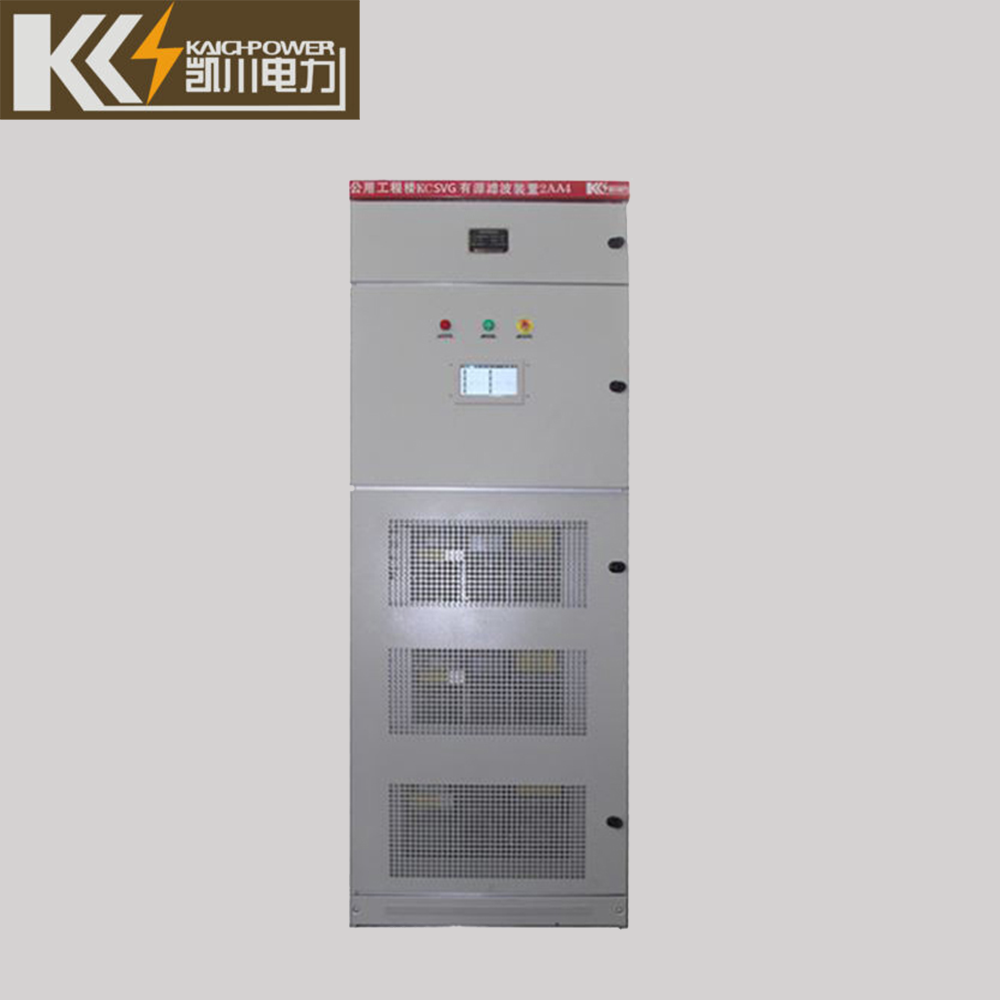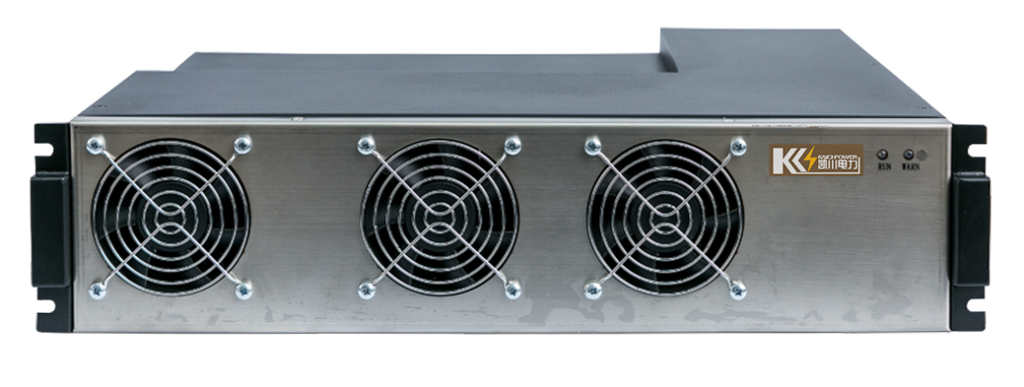

1. Introduction:
The demand for a stable and reliable power supply is paramount in modern society, where technological advancements rely heavily on consistent and high-quality electrical energy. The Static Var Generator emerges as a key player in the realm of power electronics, addressing issues related to power factor correction, voltage regulation, and overall power quality enhancement.
2. Power Quality Challenges:
Before delving into the specifics of the Static Var Generator, it is crucial to comprehend the challenges associated with power quality. Variations in voltage, harmonic distortions, and power factor issues can lead to inefficiencies in power distribution systems. This section explores these challenges and emphasizes the need for effective solutions.
3. Overview of Static Var Compensators (SVCs) and Static Var Generators (SVGs):
Static Var Compensators (SVCs) and Static Var Generators (SVGs) are often used interchangeably, but they have distinct characteristics. This section provides a comparative analysis of SVCs and SVGs, highlighting the advantages of SVGs in terms of response time, efficiency, and versatility.
4. Components of Static Var Generators:
Understanding the internal components of Static Var Generators is essential for grasping their working principle. Capacitors, reactors, and power electronics devices play a pivotal role in the operation of SVGs. This section provides an in-depth exploration of these components and their individual contributions to the overall functionality of the SVG.
5. Working Principle of Static Var Generators:
At the core of the article lies an extensive examination of the working principle of Static Var Generators. The control algorithms, voltage source converter (VSC) technology, and feedback mechanisms are thoroughly dissected to provide a comprehensive understanding of how SVGs dynamically regulate reactive power to enhance power quality.
6. Applications of Static Var Generators:
Static Var Generators find applications across various industries and power systems. This section explores real-world scenarios where SVGs prove to be indispensable, including but not limited to renewable energy integration, industrial power systems, and smart grids.
7. Advancements in Static Var Generator Technology:
As technology evolves, so does the realm of power electronics. This section explores recent advancements in Static Var Generator technology, including innovations in control strategies, converter topologies, and communication interfaces, paving the way for more efficient and adaptable SVGs.
8. Case Studies and Success Stories:
Examining case studies and success stories provides tangible evidence of the effectiveness of Static Var Generators in enhancing power quality. Real-world examples from different industries and power systems showcase the impact of SVGs in resolving power quality challenges.
9. Challenges and Future Directions:
While Static Var Generators have proven to be effective in mitigating power quality issues, there are challenges and areas for improvement. This section discusses current limitations and potential future developments in SVG technology, addressing issues such as cost-effectiveness, scalability, and integration with emerging technologies.
10. Conclusion:
In conclusion, the Static Var Generator stands as a pivotal technology in the realm of power electronics, contributing significantly to power quality enhancement. Through a thorough exploration of its working principle, components, applications, and advancements, this article aims to provide a comprehensive resource for engineers, researchers, and enthusiasts seeking a deeper understanding of SVGs and their role in shaping the future of power distribution systems.
